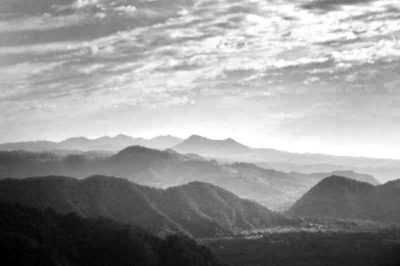
In the foothills of the mountains in Veracruz State on the gulf of Mexico is the city called El Tajin which was at its height from the early 9th to the early 13th century. It became the most important centre in Mesoamerica after the fall of the Teotihuacan Empire. Its cultural influence extended all along the Gulf and penetrated into the Maya region and the high plateau of central Mexico.
From the time the city fell in 1230 no European seems to have known of its existence until a government inspector chanced upon the Pyramid of the Niches in 1785 and it sat mostly un-explored until the 1930s. Cortez passed right by it in the 1500s but did not come across it (thankfully).
It was named after the Totonac rain god and was named a World Heritage site in 1992. Its best-known monument is the Pyramid of the Niches.
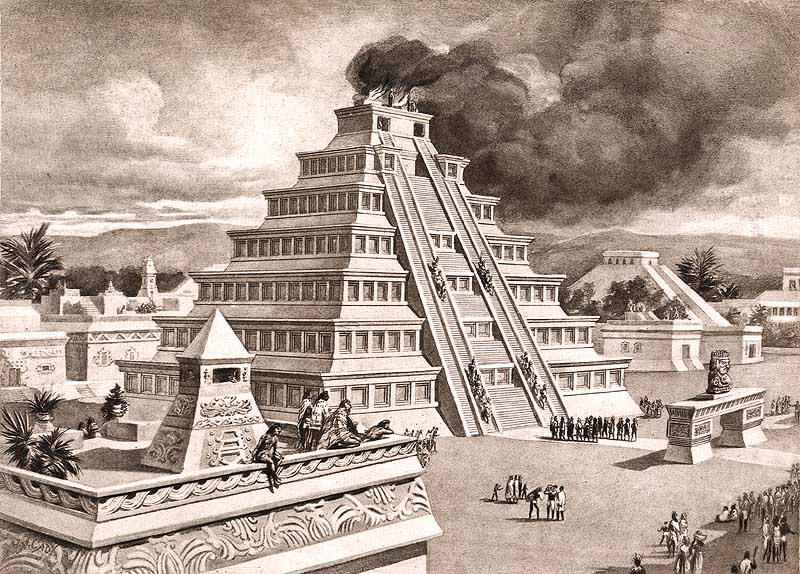
(Above) How it must have looked in it’s time.
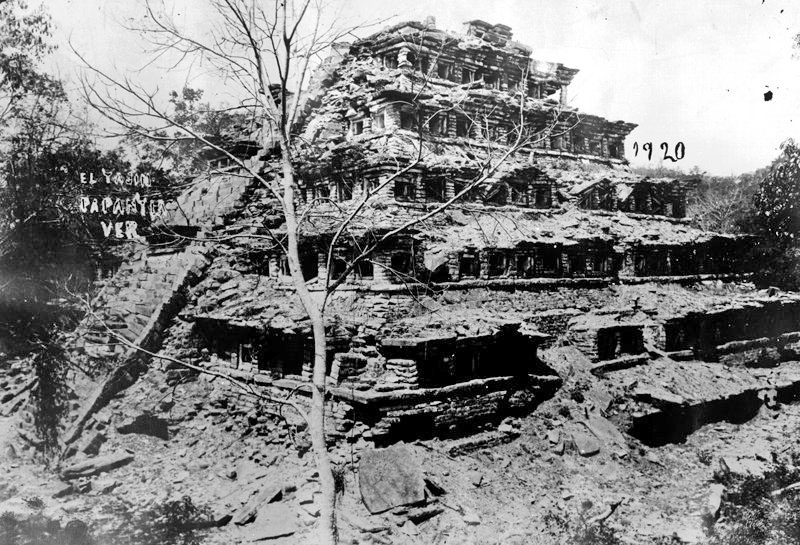
Above as it looked in 1920
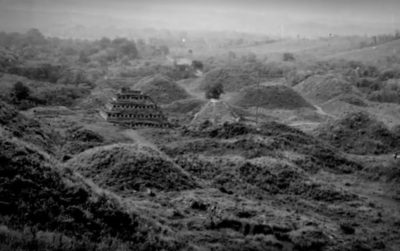
(Above and below) as it looked in 1939.
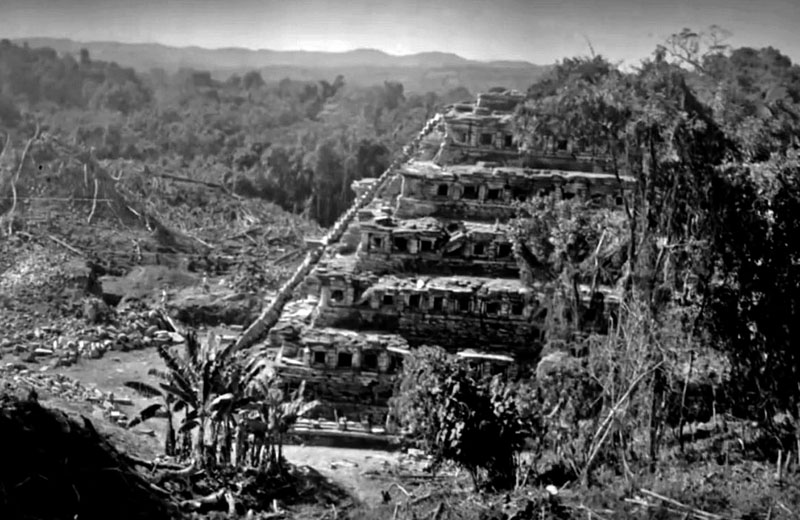
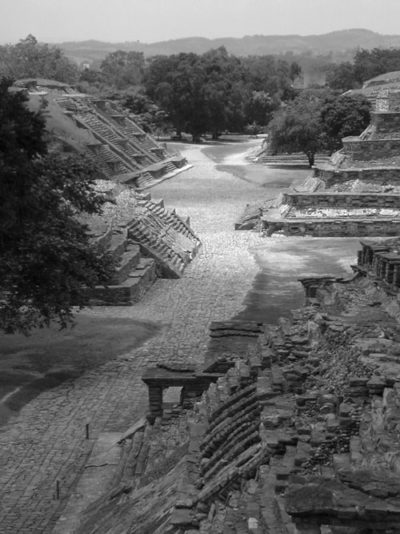
It is believed that only half of El Tajin archeological site has been uncovered. One looks at the surrounding hills and wonders what lies beneath.
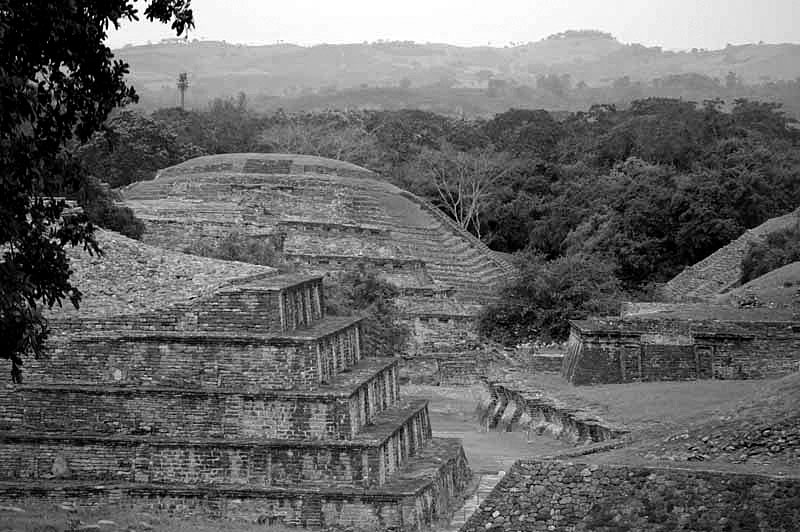
Chronology studies at El Tajín and nearby sites show that the area had been occupied at least since 5600 BC and show how nomadic hunters and gatherers eventually became sedentary farmers building more complex societies prior to the rise of the city of El Tajin.The pace of this societal progression became more rapid with the rise of the neighboring Olmec civilization around 1150 BC although the earlier Olmecs were never here in great numbers. Construction in El Tajin continued to about the start of the 13th century at which time, according to tradition the city was conquered and burned by Chichimec invaders.
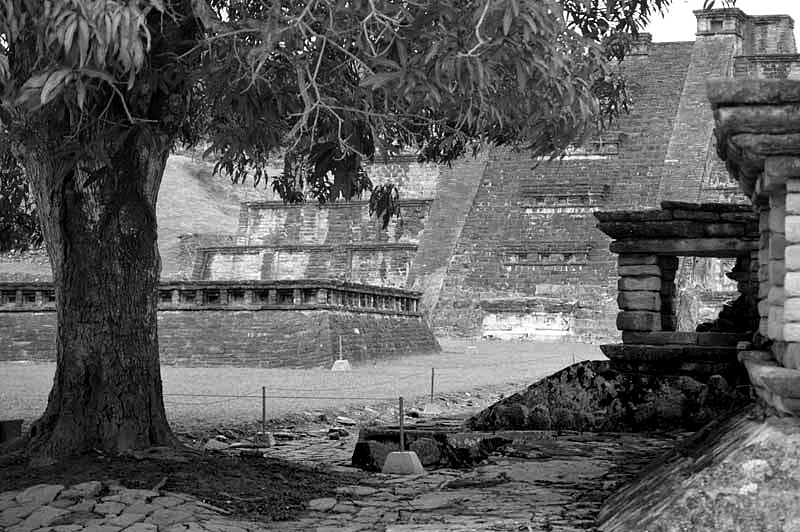
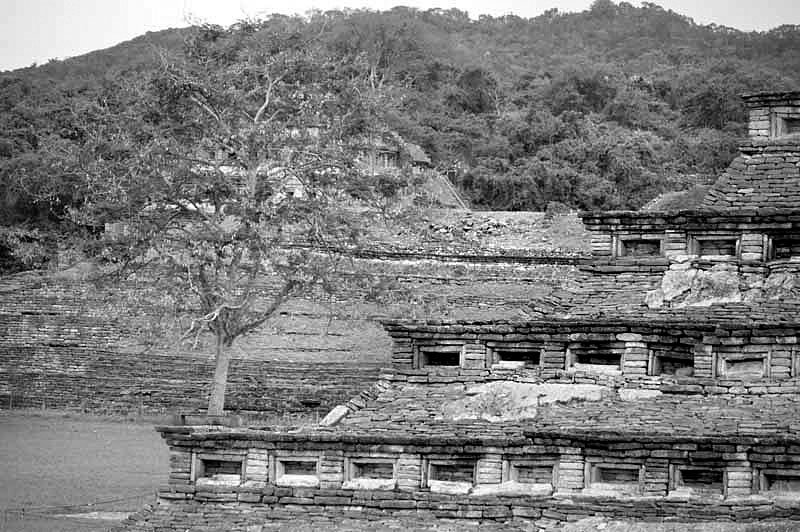
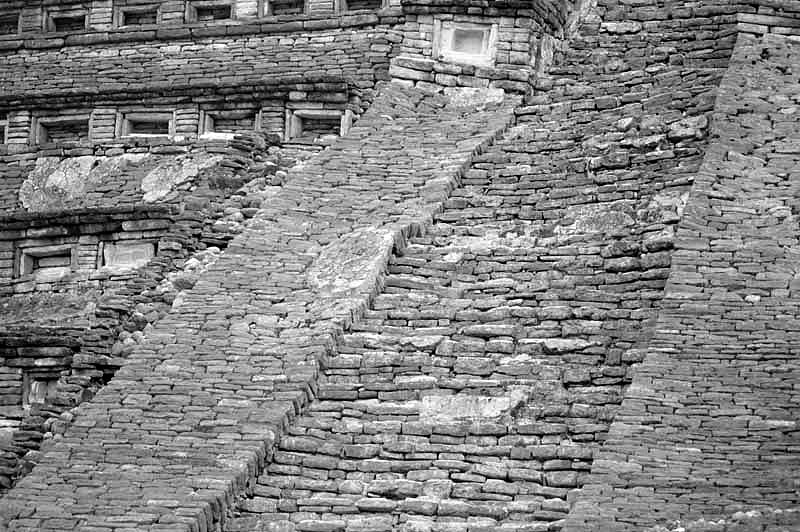
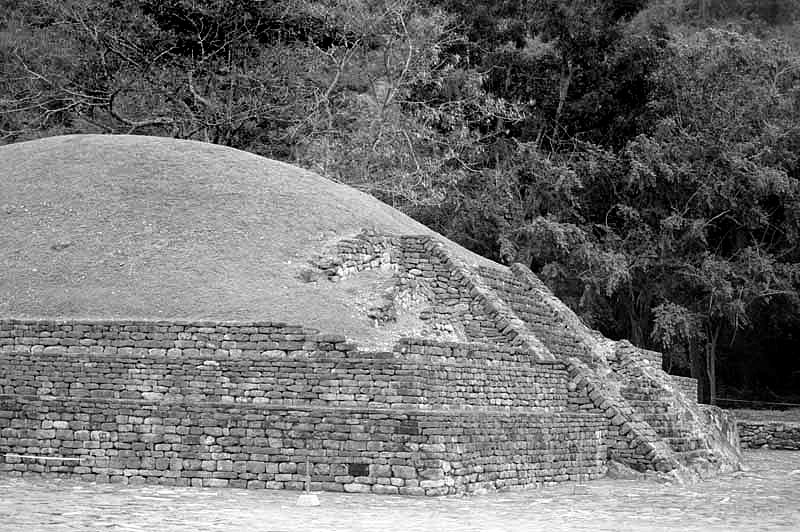
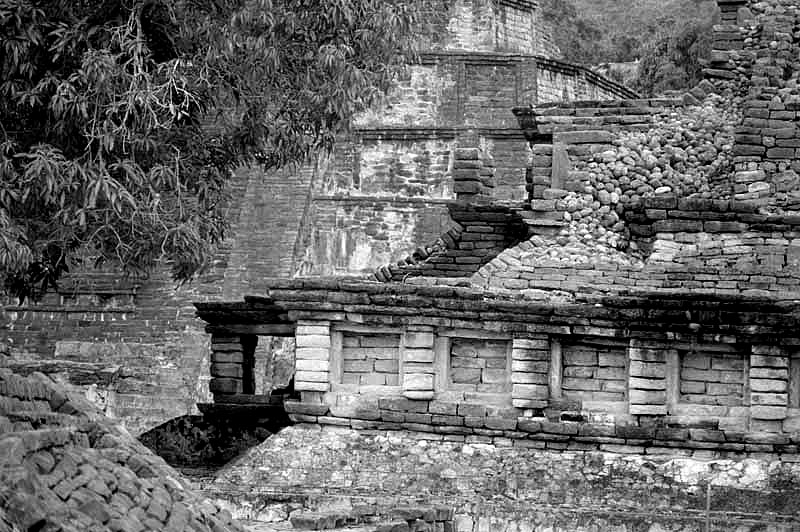
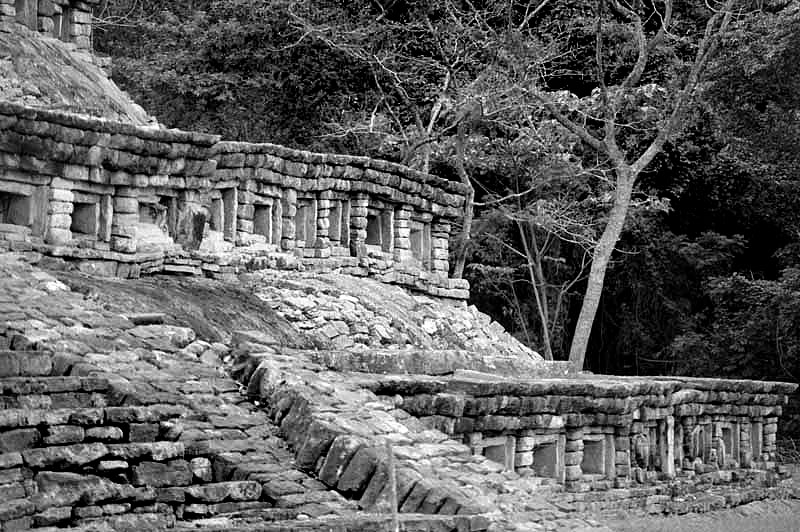
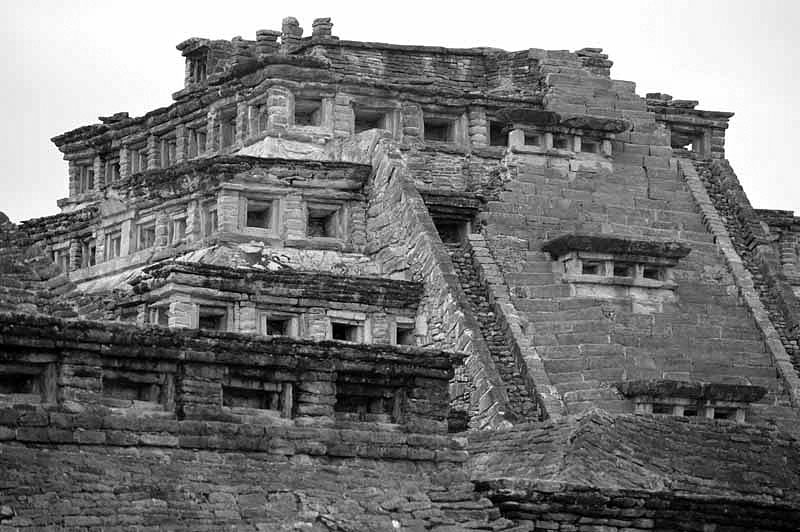
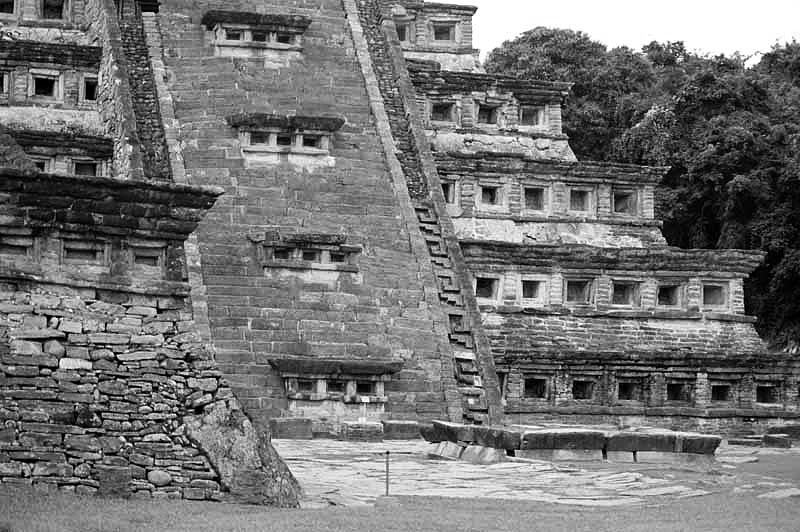
The ‘Pyramid of the Niches’ with a window for each day of the year is a masterpiece of ancient Mexican and American architecture.
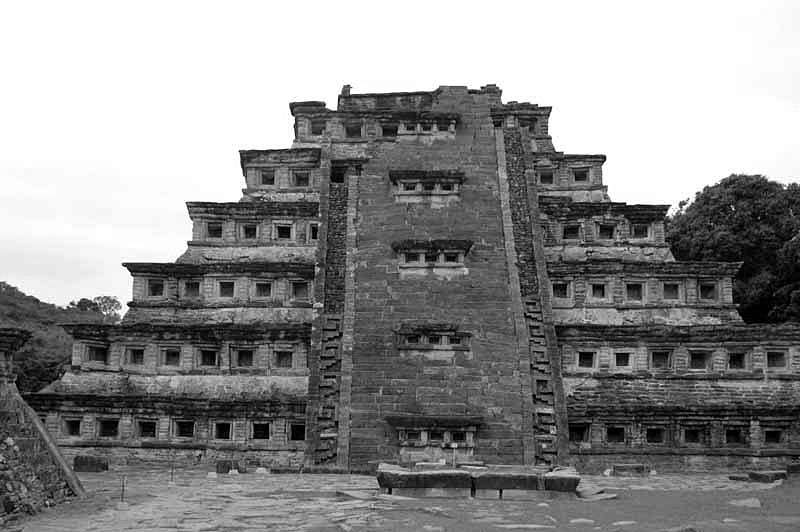
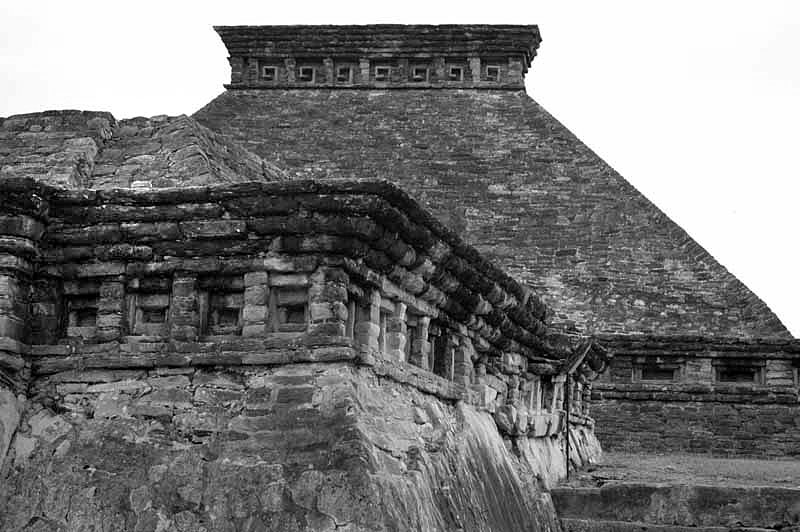
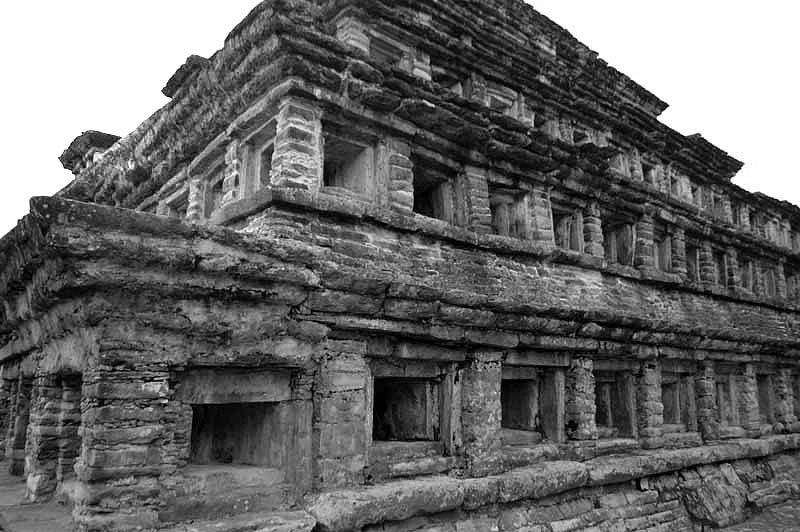
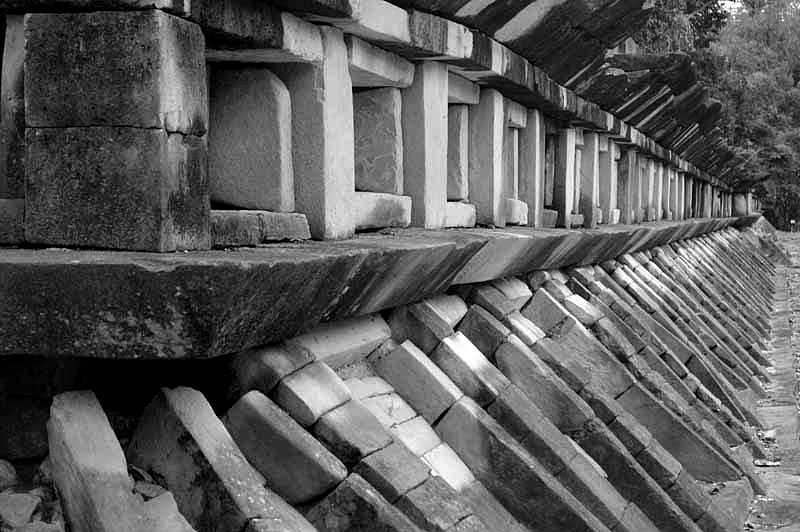
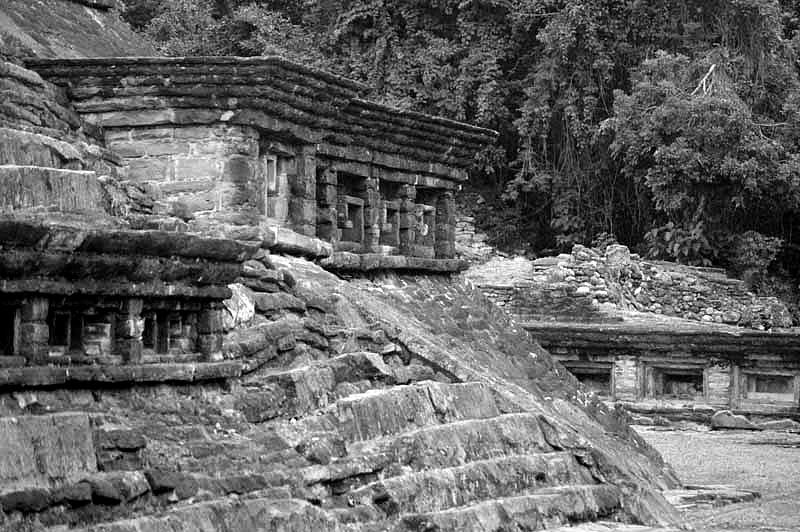
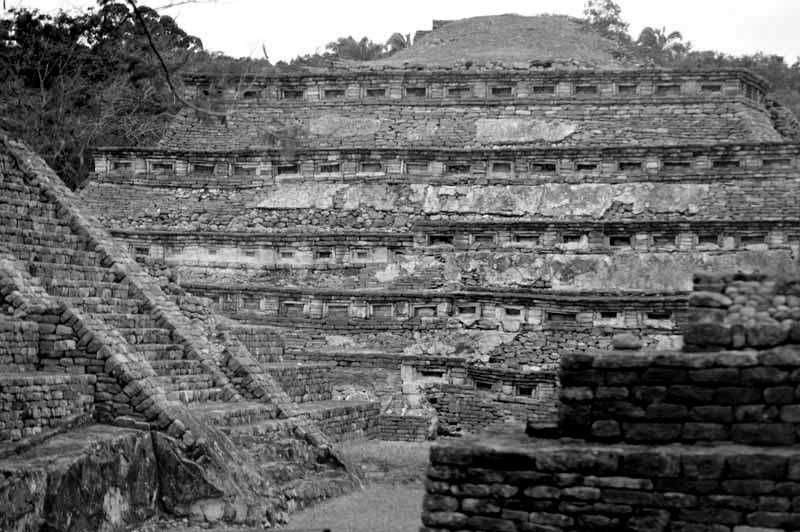
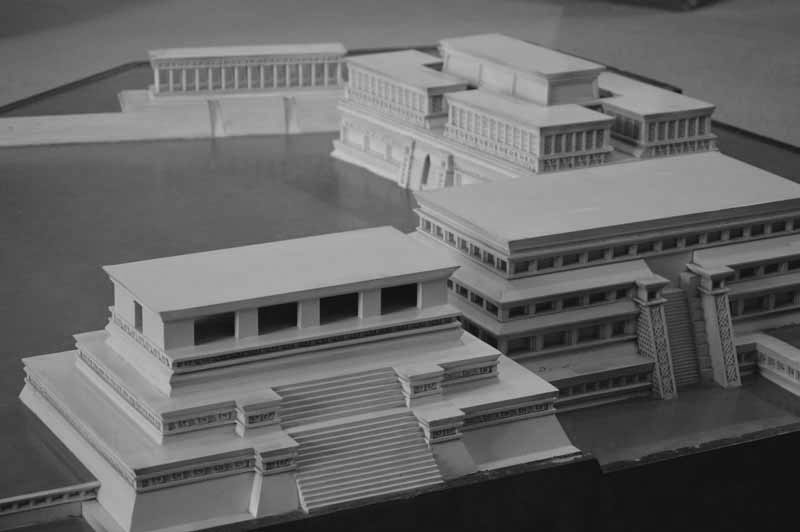
_______________________